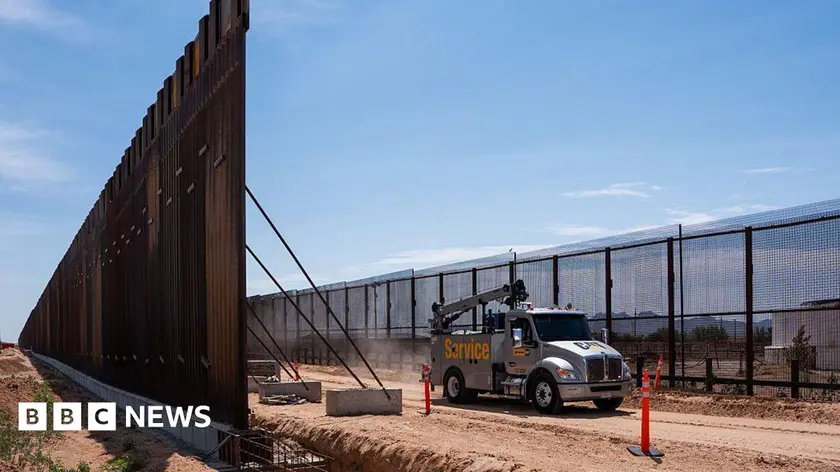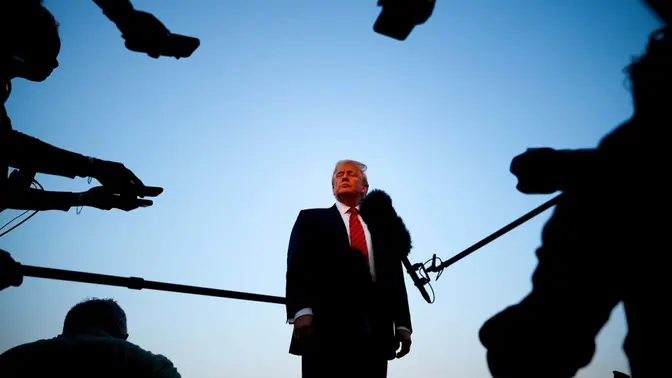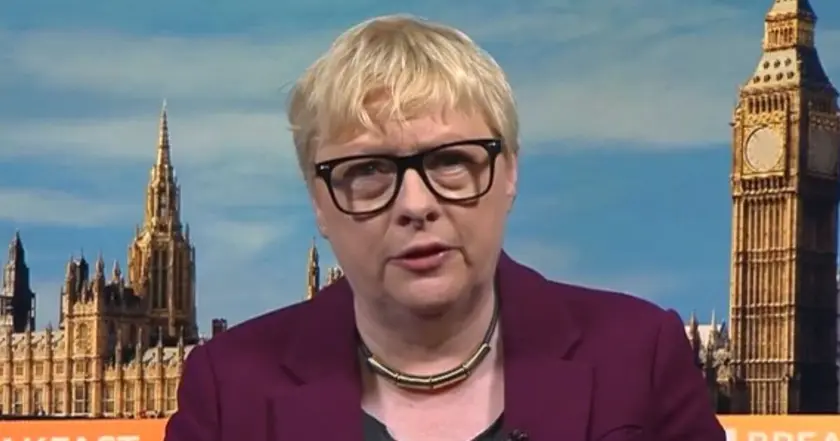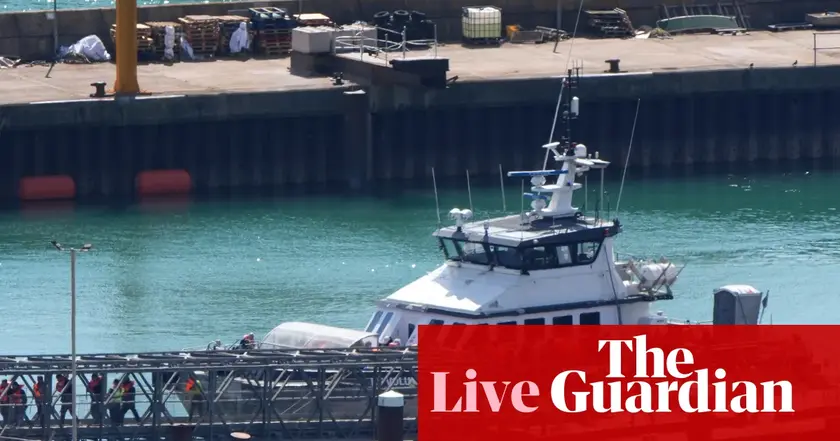T4K3.news
Border policy moves face scrutiny
A black coating on the border wall and new river infrastructure are under review amid debates over effectiveness and costs.

The plan combines a visible display of deterrence with infrastructure talk, drawing both support and questions about its effectiveness and cost.
US Mexico border wall painted black to deter migrants
In New Mexico, Representative Noem said the black paint on parts of the border wall was requested by the president to increase heat and make climbing harder. Border Patrol officials said the dark coating could also help prevent rust. The administration also plans river infrastructure along the Rio Grande and has cited floating barriers as a precedent along parts of the river. Crossings and detentions have fallen sharply since Trump returned to office, with about 4,600 detentions in July and 6,000 in June, a 92 percent year-on-year drop. Earlier, detentions under Biden-era policies had averaged around 6,000 per day. In August, Noem claimed 1.6 million undocumented immigrants had left the U.S. in the first 200 days of the Trump administration, though details on deportations versus departures were not provided. White House officials say the declines reflect tighter border security and mass deportations, while immigration advocates warn that people with minor infractions or no criminal history may be swept up in enforcement efforts.
Key Takeaways
"specifically at the request of the president"
Noem said the black paint was requested by the president
"when something is painted black it gets even warmer and it will make it even harder for people to climb"
Reason given for deterrence through heat
"Crossings and detentions of undocumented immigrants have plummeted since Trump returned to the office"
Observed trend in enforcement outcomes
"detentions sometimes spiked to averages of 6,000 per day"
Reference to historical detention levels
The move blends a symbolic show of toughness with concrete enforcement ideas, but the emphasis on heat and waterborne barriers risks framing policy as theater rather than a plan with measurable results. Critics will watch whether the costs of new infrastructure and potential environmental questions outweigh any claimed deterrence. The numbers cited in the piece vary over time, which underlines the challenge of using detention data as proof of success. In a charged political climate, such measures can deepen polarization and invite legal challenges or protests at local levels. The policy's success, if any, will depend on credible data, transparency, and clear accountability for how resources are used and who is affected.
Highlights
- specifically at the request of the president
- when something is painted black it gets even warmer and it will make it even harder for people to climb
- Crossings and detentions of undocumented immigrants have plummeted since Trump returned to the office
- detentions sometimes spiked to averages of 6,000 per day
Political and budget risk around border policy changes
The plan blends signaling with enforcement actions and carries potential political backlash, budget questions, and public reaction concerns. Details on costs and long-term effects are not clear.
Policy moves on the border often hinge on perception as much as on data.
Enjoyed this? Let your friends know!
Related News

Diplomacy and tech move in step

Trump policy wins met with looming backlash

Labour minister criticized during BBC interview

Channel crossings rise

Mexico extradites 26 cartel figures to the United States

Trump halts Gaza medical visas after Loomer post

Israeli media shifts focus to Gaza hunger under international scrutiny

Nvidia export licenses to China move forward
